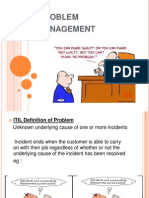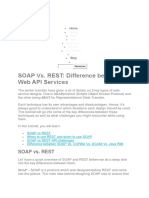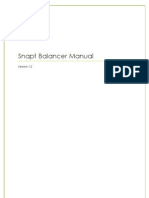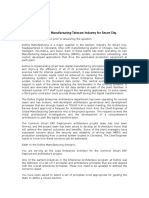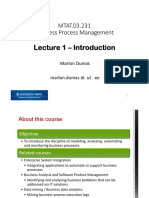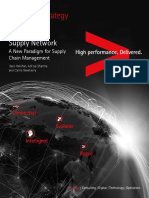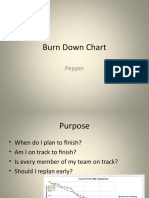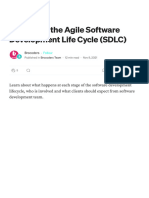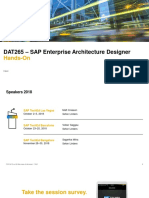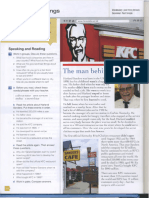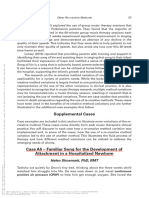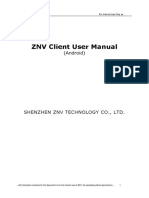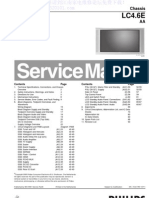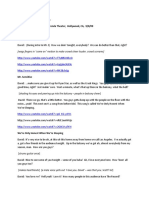THE COMPLETE OVERVIEW OF
Enterprise Integration Patterns
INTEGRATION PROJECTS MESSAGE FLOW & INTEGRATION PATTERNS
Integration projects help design and connect subsystems. Many projects are multifaceted, and can involve Patterns provide technology-independent design guidance to develop robust integration solutions.
both internal and external systems. Here are the six most common integration scenarios. Find the most useful patterns along the message flow below.
Information Portal Data Replication
1. Endpoint A 2. Message 3. Channel 4. Router 5. Monitoring 6. Translator 7. Endpoint B
1 Endpoint patterns describe how messaging 2 Message construction patterns describe form and 3 Channel patterns describe how messages are
system clients produce or consume messages. intent of messages that travel across the system. transported across a message channel.
Message Endpoint Message Point-to-Point Channel
• Accessed by multiple systems at once
• Aggregates info from multiple systems
• Each system has its own data store
• Users work with a single system
• Updates replicated across data stores
• Displays information via screen zones
Data Message Message Channel Message Data Sender Message Receiver Sender Order Order Order Point-to-Point Order Order Order Receiver
Enpoint Enpoint #1 #2 #3 Channel #1 #2 #3
Sender Application Receiver Application
Transaction Client Return Address Reply Reply Dead Letter Channel
Transaction Transaction Channel 1 Channel 2
Request Delivery Fails
Shared Business Function Service-Oriented Architecture
Channel
Requests
Requestor 1 Sender Message Channel Intended Receiver
Reply Channel 1
Message
Transactional Transactional Reroute Delivery
Producer Producer
Requestor 2 Replier
Sender Receiver Reply Channel 2 Dead Message Dead Letter Channel
Message Dispatcher Correlation Identifier Message Bus
Correlation
Message ID
1
Performer
1 Application
2
1 2 3
Performer Requests
Message Application
Sender Messages 3
Dispacher 1
Performer Application
Message Bus
Receiver Replies
Requestor Correlation ID Replier
• Manages shared business functions
• Used to avoid redundant functionalities
• Multiple well-defined services
• Systems share business functions 4 5 6
Routing patterns discuss how messages are System management patterns describe the tools Transformation patterns change the content
• Built on service bus architecture
• Follows rationale of data replication routed from a sender to the correct receiver. to keep a complex message-based system running. of a message.
Message Router Control Bus Message Translator
outQueue 1
Message Flow
Incoming Translator Translated
Message Message
Distributed Business Process B2B Integration outQueue 2
Control Bus
inQueue Messages
Router
Scatter Gather Message Store Content Enricher
Quote
Vendor A
Source Wrapper Messaging System UnWrapper Recipient
Broadcast
Vendor B
Quote Request
Vendor C
Message Store
“Best” Request Aggregator
• Integrates with external businesses
• Coordinates between applications Process Manager 1 Vendor A
Test Message Test Message Application Envelope Wrapper
• Usually communicates via internet
Separator Messages Enricher
Test Message
• Transaction is spread across systems Injector Processor
• Requires protocols and security
• Manages functions across systems 2 Vendor B Application
Test Message Test Result
Trigger Messages
Basic Enriched
Message Process Manager Test Data Verifier Message Message
Test Data
3 Vendor C
Generator Control Bus
Resource
Quelle: Hohpe, G. and Woolf, B.: Enterprise Integration Patterns, Addison-Wesley
www.leanix.net









